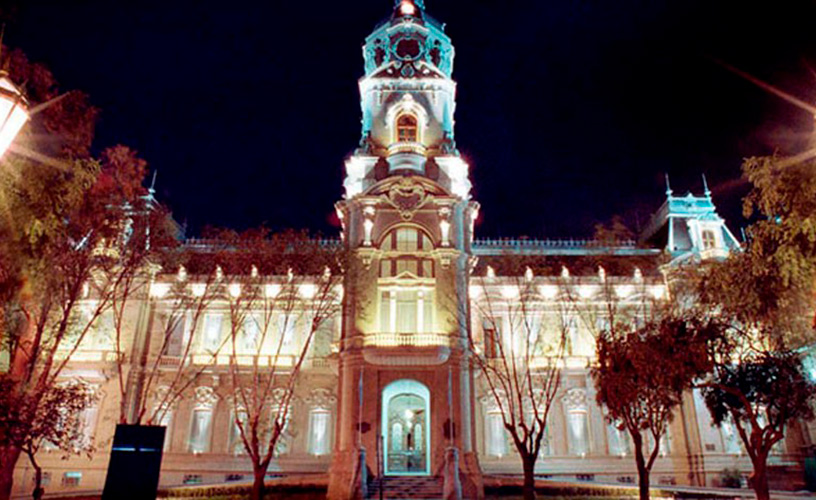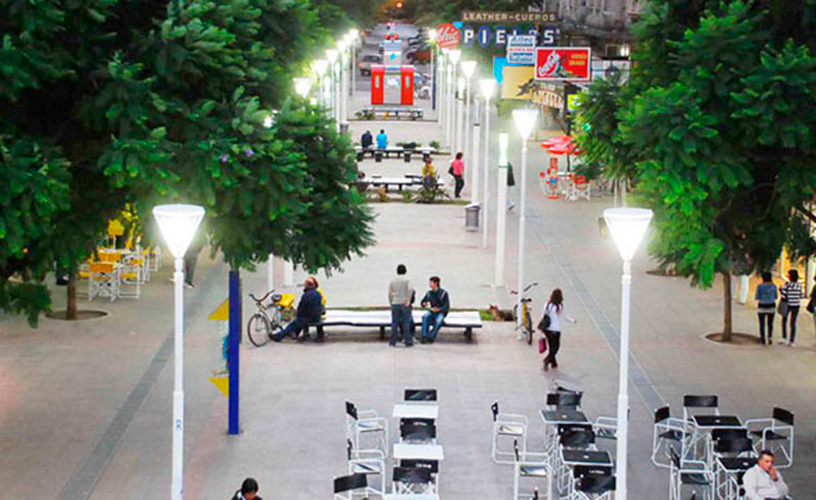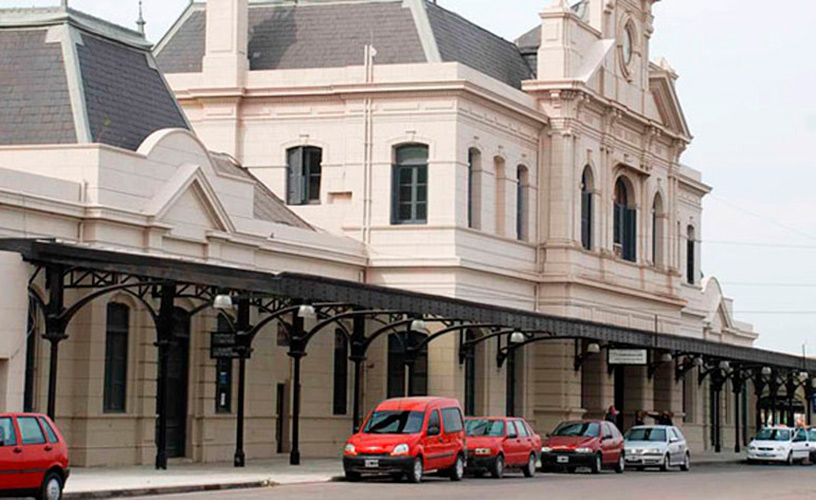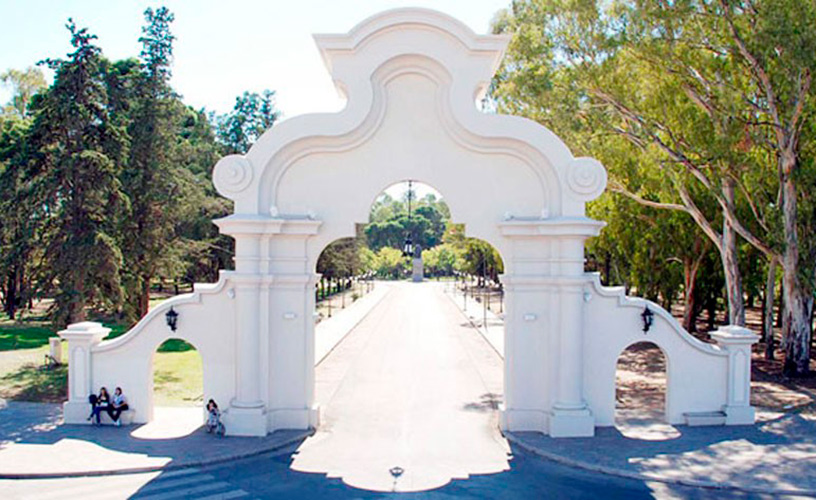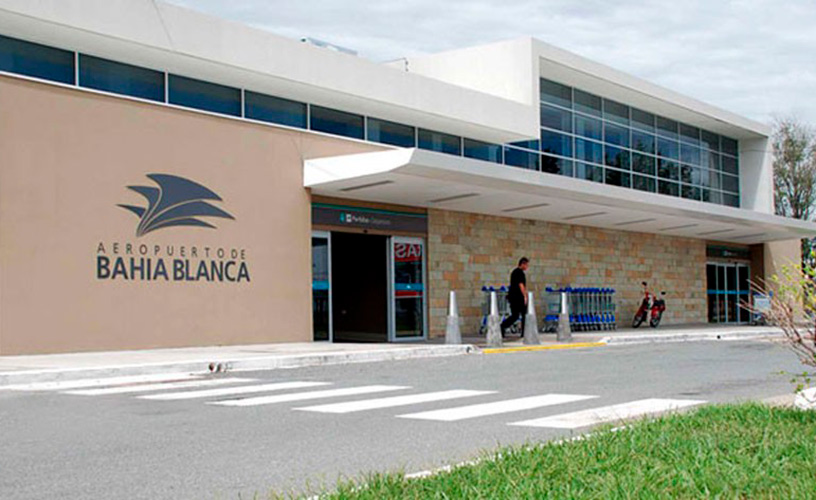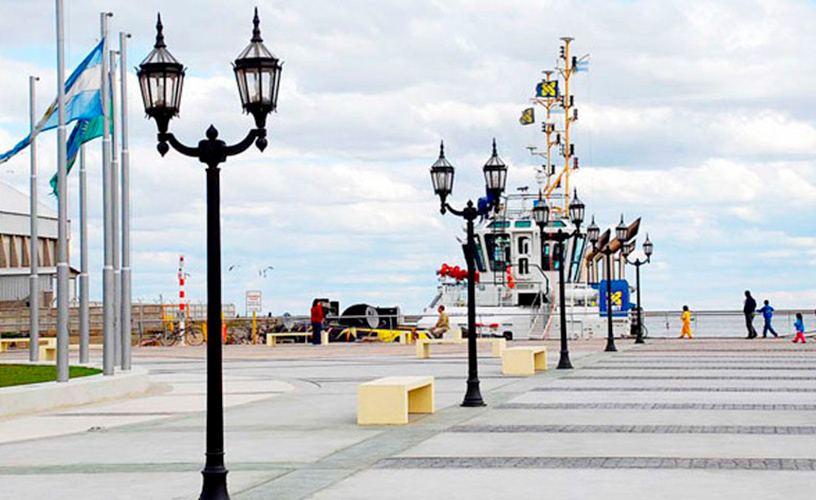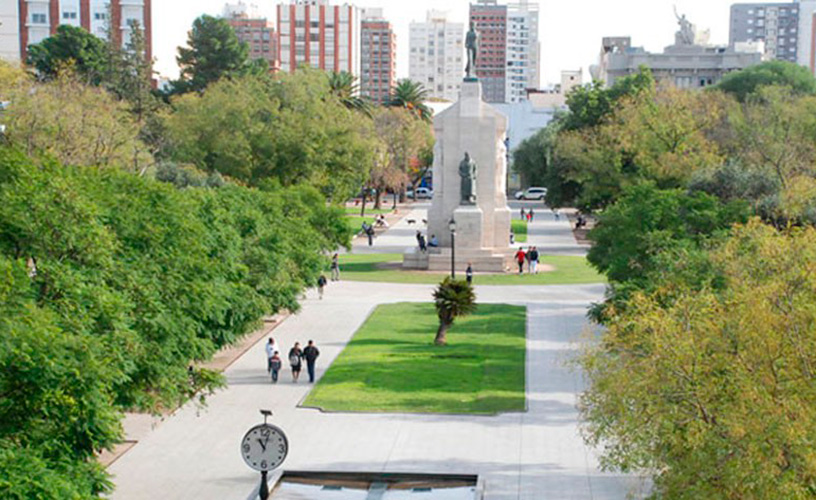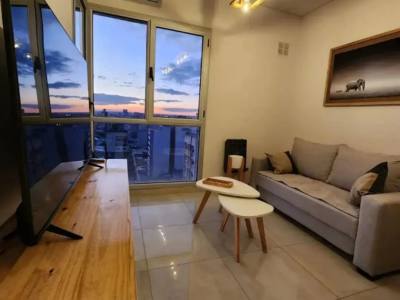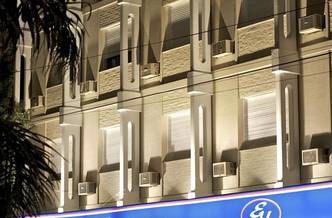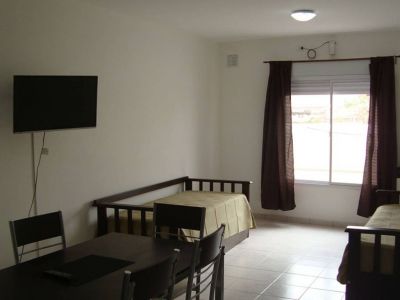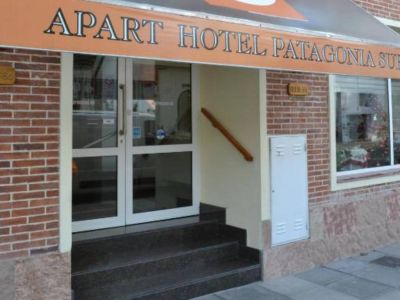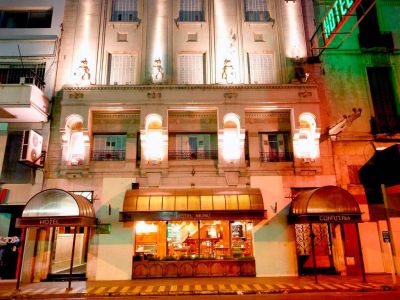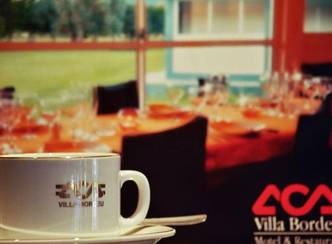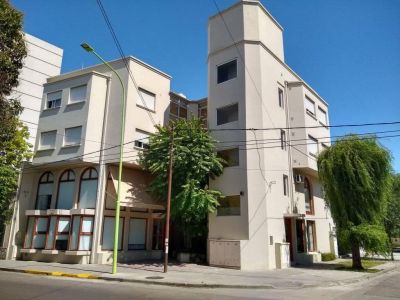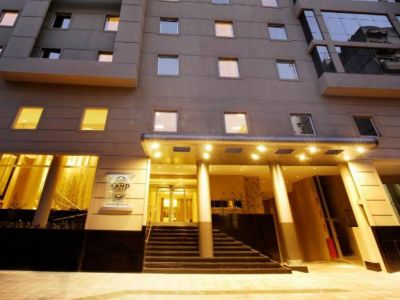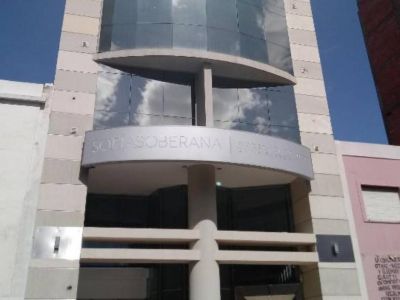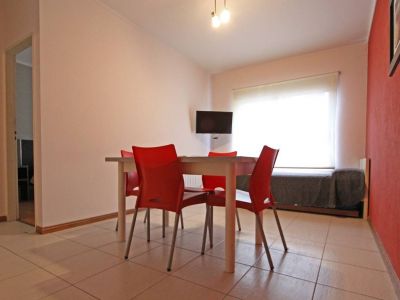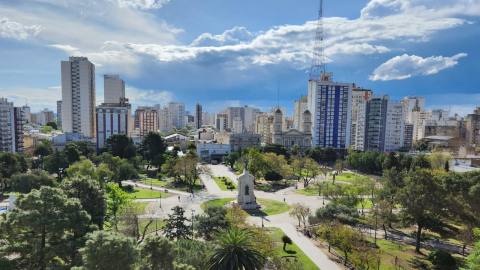Bahía Blanca is a thriving and dynamic city with an architecture that features high inherited value. This may be appreciated in its main tourist attractions. The foundation square and the adjoining blocks where most properties were raised from the late nineteenth century to the 1930s may be appreciated inside its historical shell. Our tour began at Rivadavia Square, the largest and most beautiful park in the urban settlement. Its gardens are characterized by their tidy structure organized according to symmetry starting at a central point. This is clearly French style. The monument that pays tribute to the first Argentinian president -Bernardino Rivadavia- occupies an outstanding place from which four diagonals open up towards four statues donated by foreign entities. We appreciated these valuable pieces contributed by the Israeli and English communities. In the first case, Argentinian sculptor Israel Hoffman created a work whose three sides symbolize agriculture, industry and science. The English Fountain is an allegory of the axis of progress: navigation, the railway, agriculture and cattle-raising.
Bahía Blanca, City of Encounters
Right opposite Rivadavia Square, we saw the Town Hall, a clearly Bourbon building with a 42-meter-tall tower and a significantly big access staircase.
As we left the Town Hall behind, we saw the former Banco de la Provincia de Buenos Aires, featuring Ionic traits with semi circular arched windows and housing community offices.
We were amazed at the façade of the Church Cathedral of Our Lady of Mercy, patron saint of the city. An admirable sight indeed, it is made up by a central body that ends at a sculpture representing the Virgin and the angels, and two side elements that support very tall towers.
The Banco Alemán and Banco de la Nación Argentina buildings stand out for the severity with which the classic regulations of the time in which they were raised are observed. In both cases, the main access and the simple lines with base division, development and crown were given hierarchy. Inside, Banco de la Nación has four Atlas sculptures that pretend to support the integrity of the structure.
At the end of our tour around the downtown, we stopped in front of Palacio de Tribunales, on Estomba Street. Reaching 33 meters of height, it constituted the tallest construction of its time. It features sober steady lines that express the character public venues were supposed to have back when it was erected.
Mónica Pons
Gentileza Turismo.bahiablanca.gov.ar
